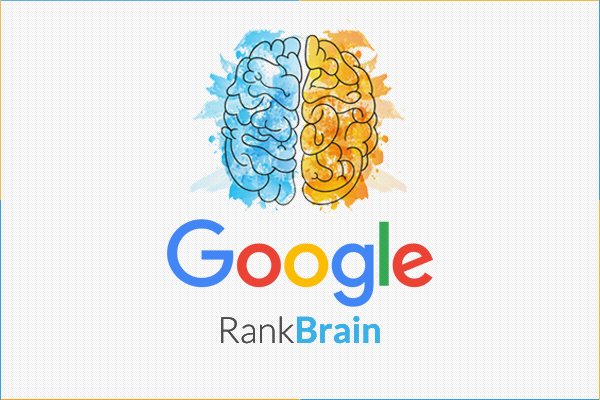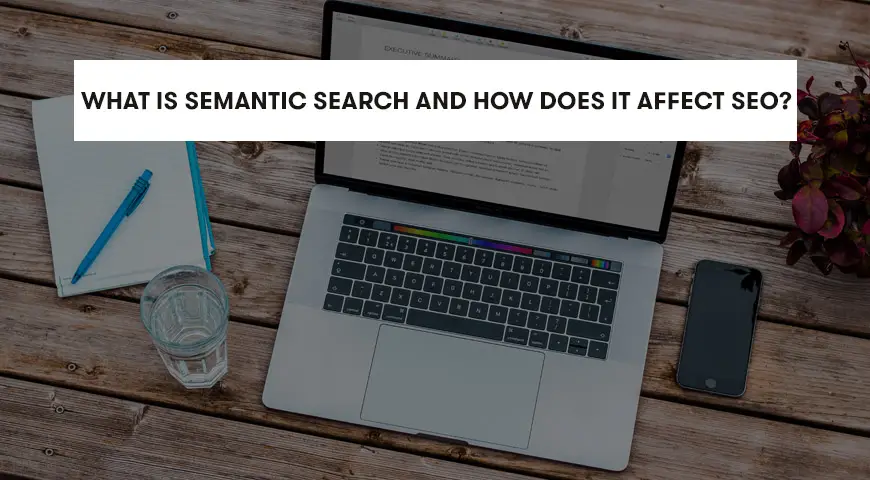Years ago, Google would simply search just one keyword amongst its information and would display ten of the pages that used this expression to the user.
For this reason, for example “buying a house” and “buying a dwelling” sometimes showed two completely different pages. Nowadays this difference is minimized. Google uses a method named Semantic Search to get the notion of the articles and suggest them to the addressees.
Before prevailing Semantic Search, users had to search lots of words and phrases to eventually achieve their goal. Moreover, SEO specialists had to use keywords in the articles frequently (up to spam) and they also had to develop different articles for similar phrases.
However, what factors are involved in SEO in 2019? What is semantic search and how should we optimize our contents in accordance with that? Following this content, we are going to answer all these questions and refer to many other points about Semantic Search.


What is Semantic Search?
Semantic Search is the effort of search engines for exact exhibition of the typed expression, based on three principles of user’s purpose, relationship between word, and the concept of the searched expression. Emergence of Semantic Search means that google will not just focus on the keyword being typed at the moment, and seeks to realize the concept beyond every search in order to optimize it in subsequent displays. In other words, Semantic Search considers a wide range of information (far beyond searching for a phrase) to display information for you. In this case, google tries to distinguish the relationship between words and guess the user’s purpose of search.
Semantic Search capability was devised after 2013 in search engines. Before that, search engines were not able to provide the exact result of search for typing a phrase close to the original concept. Nowadays, however, the results displayed for the users in search engines are exactly what they are searching for. Google considers different factors to accurately display a result, which user’s search history, location, global search statistics and etc. can be mentioned.
Google and other search engines designed an explorer using word matching and their concepts and also Natural Language algorithms, which looks at language applications like a human. The most important goal of Semantic Search is to get the results displayed to users closer to their purpose. Therefore, filling the contents with keywords is not enough to get ratings anymore.
Two important updates in Google algorithm: Hummingbird and Rank Brain
Over of time, google introduced various algorithms in order to improve its performance. One of google algorithms, which introduced in 2013 is Hummingbird. Google decided to study more about words and the relationship between them in order to improve the results searched by the user, leading to a new algorithm naming Hummingbird.
Prior to the design and implementation of this google algorithm, people would exaggerate about keywords. This could sometimes lead to the destruction of the content structure. After Hummingbird’s introduction, many of the spam websites lost their position.
This algorithm has a very high speed and accuracy in examining searched words and the words in the text. This algorithm knows wide range of words and synonyms, and once someone starts searching a phrase, displays the closest result to the user’s intention. Also, existence of this algorithm made people to produce more valuable contents. Because Hummingbird algorithm fines websites that exaggerate in using keywords.


Another one of these algorithms, which plays an important role in the ranking and SEO of websites is google Rank Brain algorithm. This google algorithm has been designed and implemented on the basis of Learning Machine.
Actually, this algorithm tries to analyze queries and expressions using artificial intelligence. And gradually tries to show better results after realizing user’s behavior.
Hummingbird and Rank Brain are the same in examining user’s intention and query analysis. With the difference that Rank Brain performs this process on the basis of artificial intelligence and Machine Learning.


How does Semantic Search influence SEO?
As we mentioned at the beginning, Semantic Search is one of the factors of SEO and webpage optimization. The materials we mentioned up to now are just theoretical materials.
But, how can we optimize our website in practice? What strategy should you take in order to improve Semantic Search in the SEO of your website? We will answer this question in the following.
1. Create content based on an identical framework.
Do not forget that the contents you create for your website, all should be in a single framework and imply to subjects relating to your business. Emphasize details, and remember that you should meet the user’s needs through your content.
2. Spend time to create high quality contents
Make sure the contents you create is of high quality, and encourages users to study your future contents. Always write your contents for the users, and do not write spam and illegible contents.
3. Do not exaggerate in using keywords
Yet, the majority of people believe they should use keywords as much as possible in the context in order to obtain high ranks in google ranking. However, nowadays overuse of keywords just reduces the value of the content.


4. Use long keywords
According to the intense competition in online marketing, using short keywords reduces the chance to display your content. However, if you use longer keywords, and keep it from the beginning up to the end of the created material, google will consume less time finding your website and your chance of upcoming increases in this ranking.
5. Be balanced in using internal links
Using internal links (linking one content to another content of website) is a solution to guide the addressees and google robot to other contents of your website. But this strategy has become more inconspicuous than before in today’s world.
Nowadays, experts believe that if you want to use an internal link in the page, make sure that users will follow other contents as well, and they are enthusiastic to study them. So avoid filling the content with internal links.
6. Schema Markup
Using structured data is becoming an essential factor for online businesses. Yoast SEO plugin released its 11th update to generalize this structure. We have explained structured data in another content, that you can go to study further.
At the end, Semantic Search is beyond searching a keyword in search engines. In Semantic Search the goal is to understand the relationship between words.
For this reason, you should be semantic in your content creation, and encourage the audience to read your content and google to index it by translating the concept correctly, as many SEO specialists these days sate:” you should behave google like a human being.”



